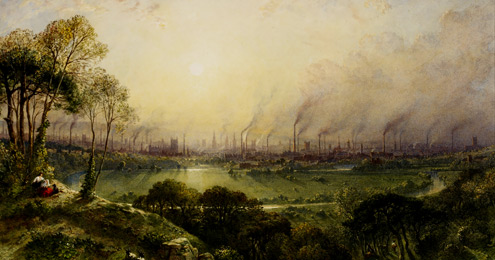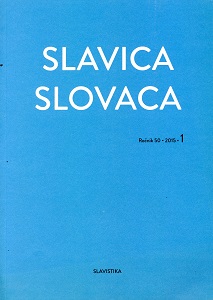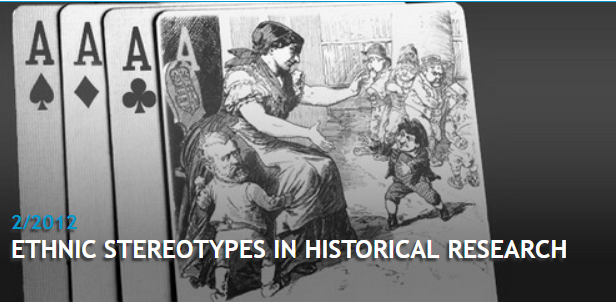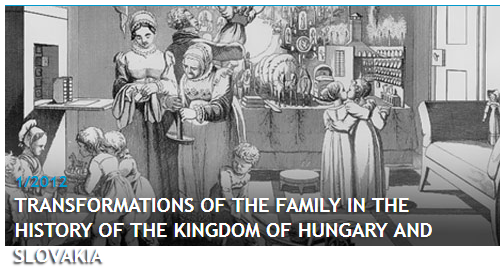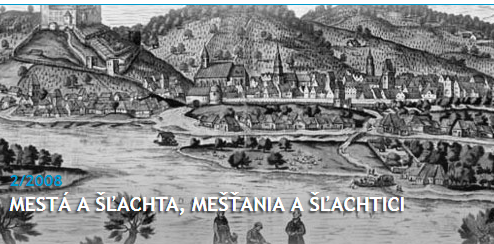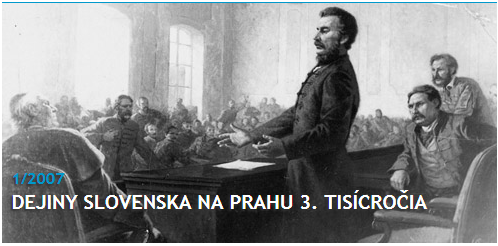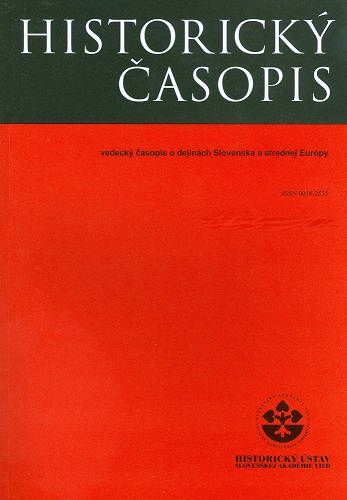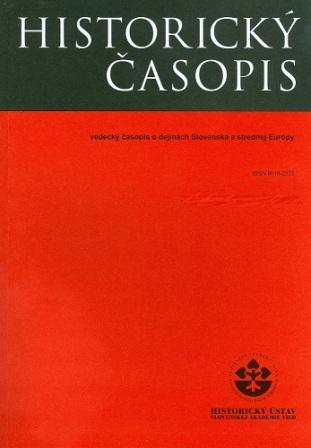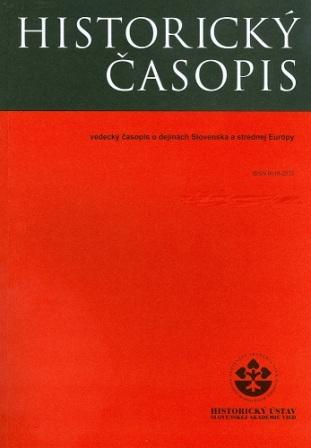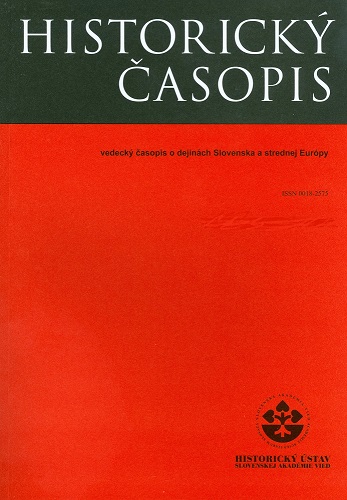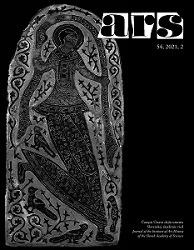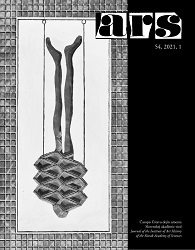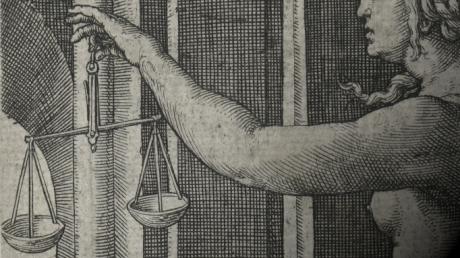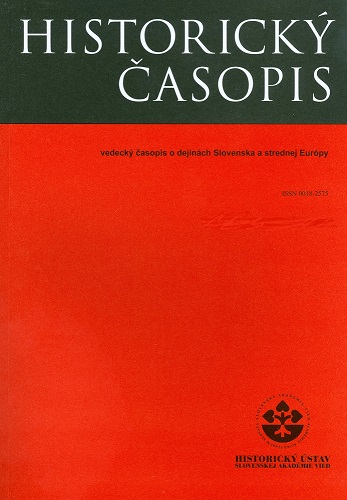
Obnova náboženských rádov v Uhorsku po smrti Jozefa II. a ich vyrovnávanie sa s dôsledkami sekularizácie
The decision of Francis II. to restitute the Benedictine, Cistercian and Premonstratensian orders in Hungary in 1802 does not constitute a turn in ecclesiastical politics of the Viennese court, but a continuation of secularisation trends of the last third of the 18th century. Although the ruler had approved the restitution of religious orders canceled by his predecessor, at the same time, however, persuant to his own power and without consultation with the church hierarchy, he made the decisions on their organisational structure, changed their spirit form from monastic to scholastic religious order and also interfered in their religious life. The convents obtained de jure all their former property, and de facto became only the administrators of a part of the Religious fund`s property. They managed it as their own, but had to use it primarily for the objectives set by the ruler and only secondarily for their own provision. It is known that the proper observance of the order rules and statutes is mainly determined by a firm incorporation of monasteries into the order structures and control system which work within them. If these linkages are released, discipline and the level of religious life decreases. In the case of the above mentioned Hungarian convents other factors multiplied the effects of the isolation; the establishment of united abbeys, the return of monks into the monasteries after years of worldly life and mainly in the fundamental change of their previous commitment. Decrees about the restitution of abbeys quite clearly defined their obligations to the state power, to the tasks in the field of education and training and to the competent authorities, which were subordinated in this area. The decrees minimally solved their internal affairs and issues related to discipline and the religious life of regulars. They did not specify that monastic or other ecclesiastical authorities should effectively oversee the religious and spiritual dimension renewal of religious communities and judge the potential inadequacies and conflicts. All these factors resulted in the orders, shortly after their restoration, being able to take over a number of schools and parishes and lead and manage them effectively. On the other hand, they were not able to find a balance between the order rules and their new commitment during the first half of the 19th century, to reconcile religious life with changing social conditions and, mainly, to satisfactorily resolve their long-term internal contradictions..
More...
